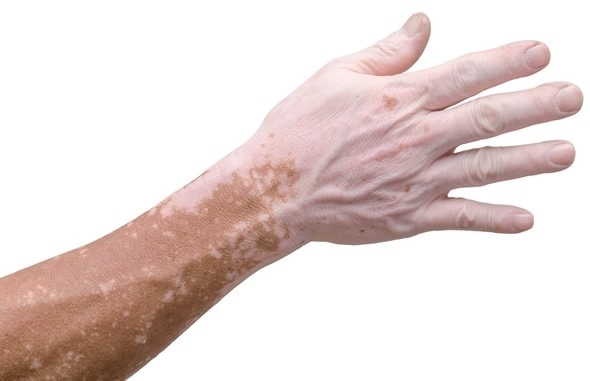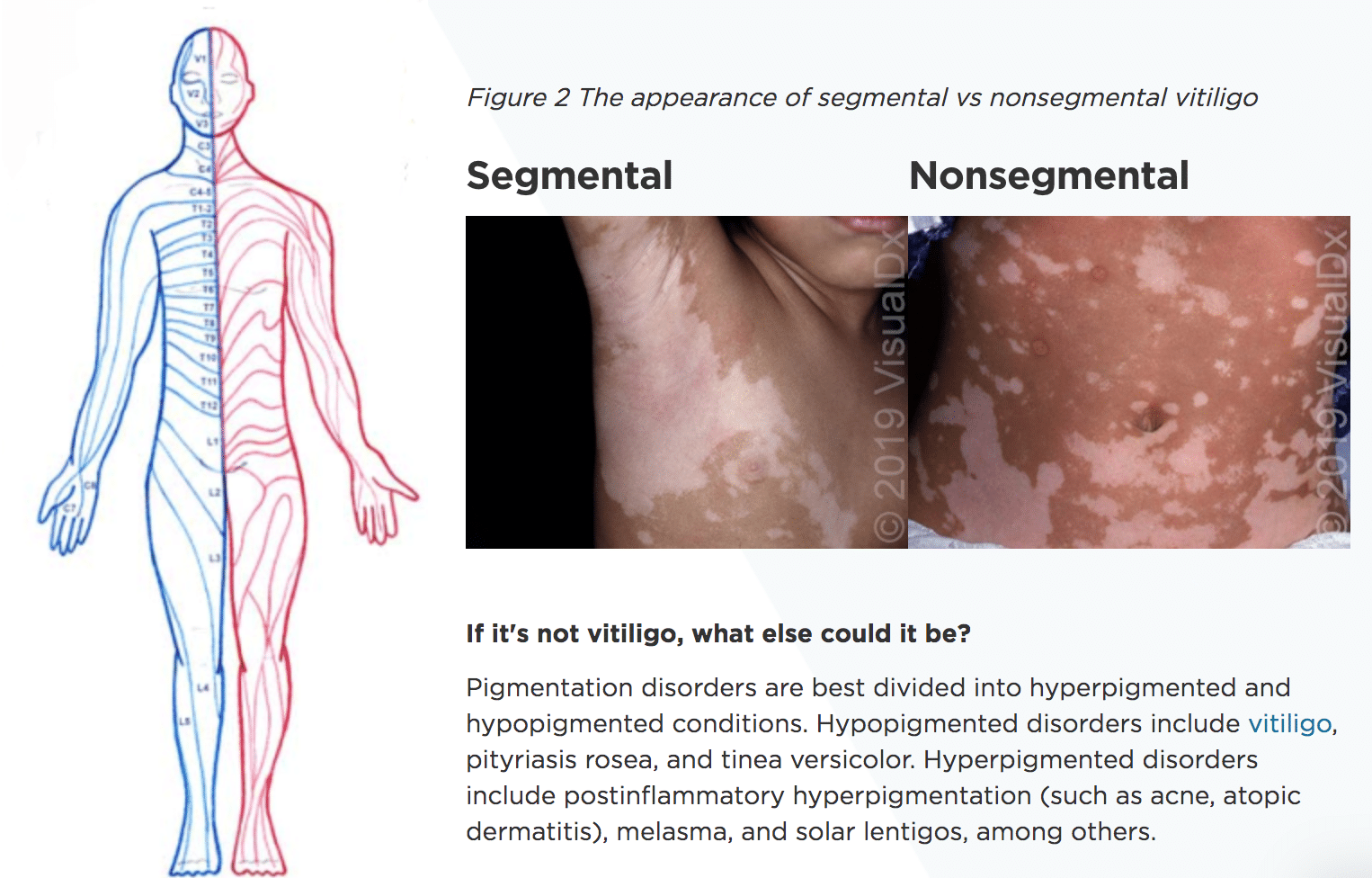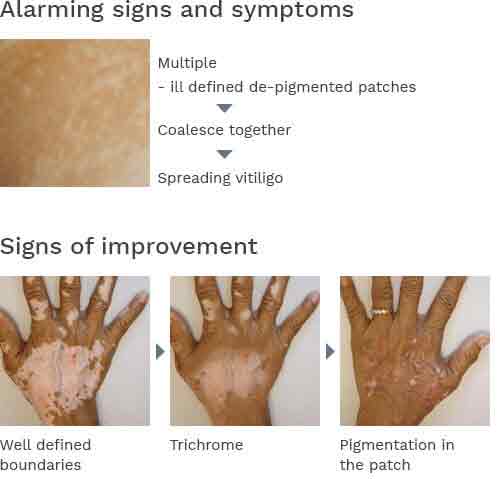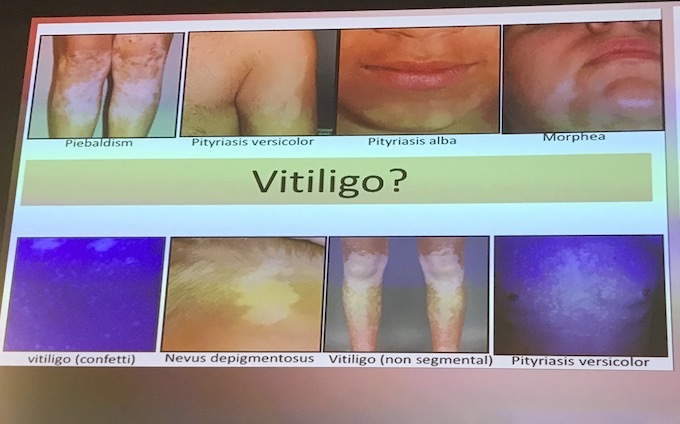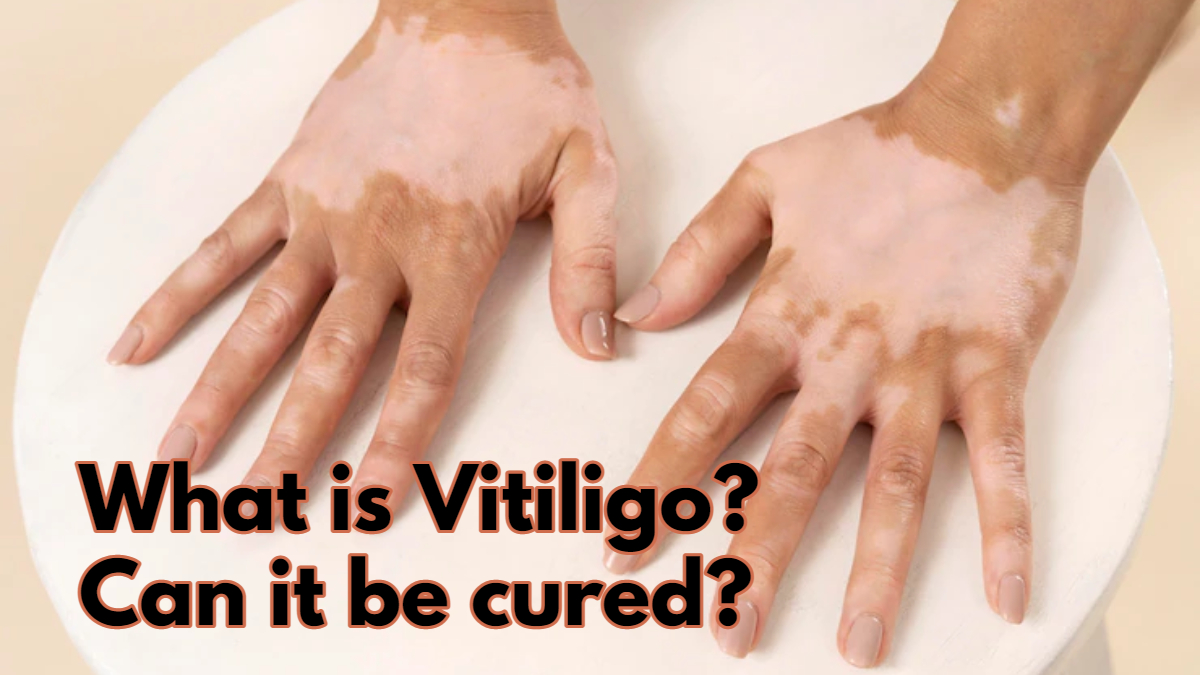Nice Info About How To Diagnose Vitiligo
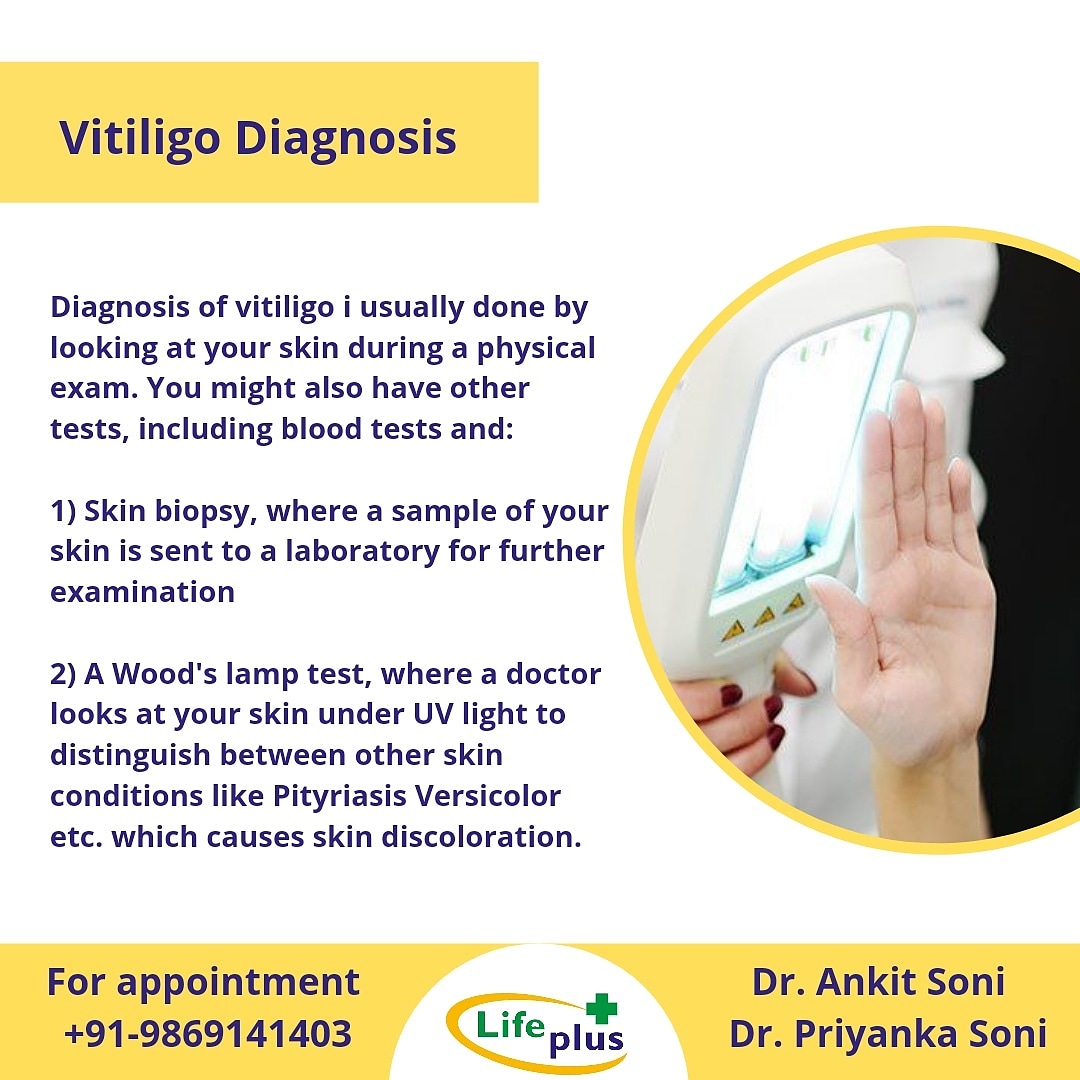
It is primarily asymptomatic and has no symptoms like itching or pain.
How to diagnose vitiligo. Let your doctor take a skin biopsy to confirm the diagnosis. Patients with vitiligo at the beginning of the disease will not have too obvious symptoms, so it is easy to be ignored by patients. Tests used for vitiligo diagnosis the visual examination and subsequent skin biopsy is the first and most important diagnostic tool for an individual suspected of having.
An expert dermatologist can diagnose vitiligo by looking at it, even in its initial stages before depigmentation occurs. Vitiligo can occur in any breed of dog, but is most. Vitiligo is not caused by an infection and you cannot catch it from someone else who has it.
One of the methods through which doctors can confirm the vitiligo diagnosis is by using the woods lamp (black light). This equipment emits ultraviolet light on a wavelength of 365. Information about your past and current health may help your dermatologist confirm a diagnosis.
The key to the treatment of vitiligo is to find out the cause of disease, symptomatic treatment, detection of melanin deficiency incentives, according to the patient's. The cause of vitiligo is unknown, but it is thought to be caused by a combination of genetic and environmental factors. When the patient found that his arm or wrist and some parts of.
Thyroid and adrenal gland problems. He or she may ask you when white or. Protecting your skin from the sun.
Usually doctors can diagnose vitiligo by looking at your skin and asking about your health history, most of the time, a dermatologist will be able to diagnose vitiligo after. Blood tests can rule out other causes and uv lamps can confirm skin discoloration, but a skin biopsy is the only. Skin biopsy, more rare but still a possibility is for a dermatologist to diagnose vitiligo through a skin biopsy.

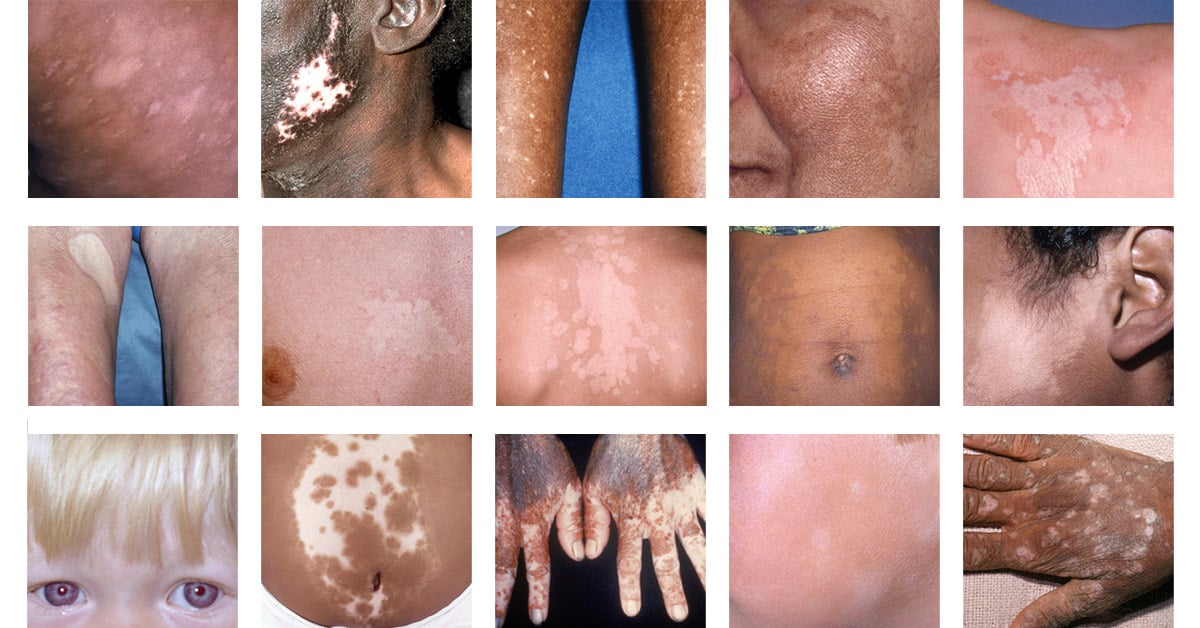


:max_bytes(150000):strip_icc()/pexels-armin-rimoldi-5304052-dd94c8c662f249f4abb1cafb088677ef.jpeg)


